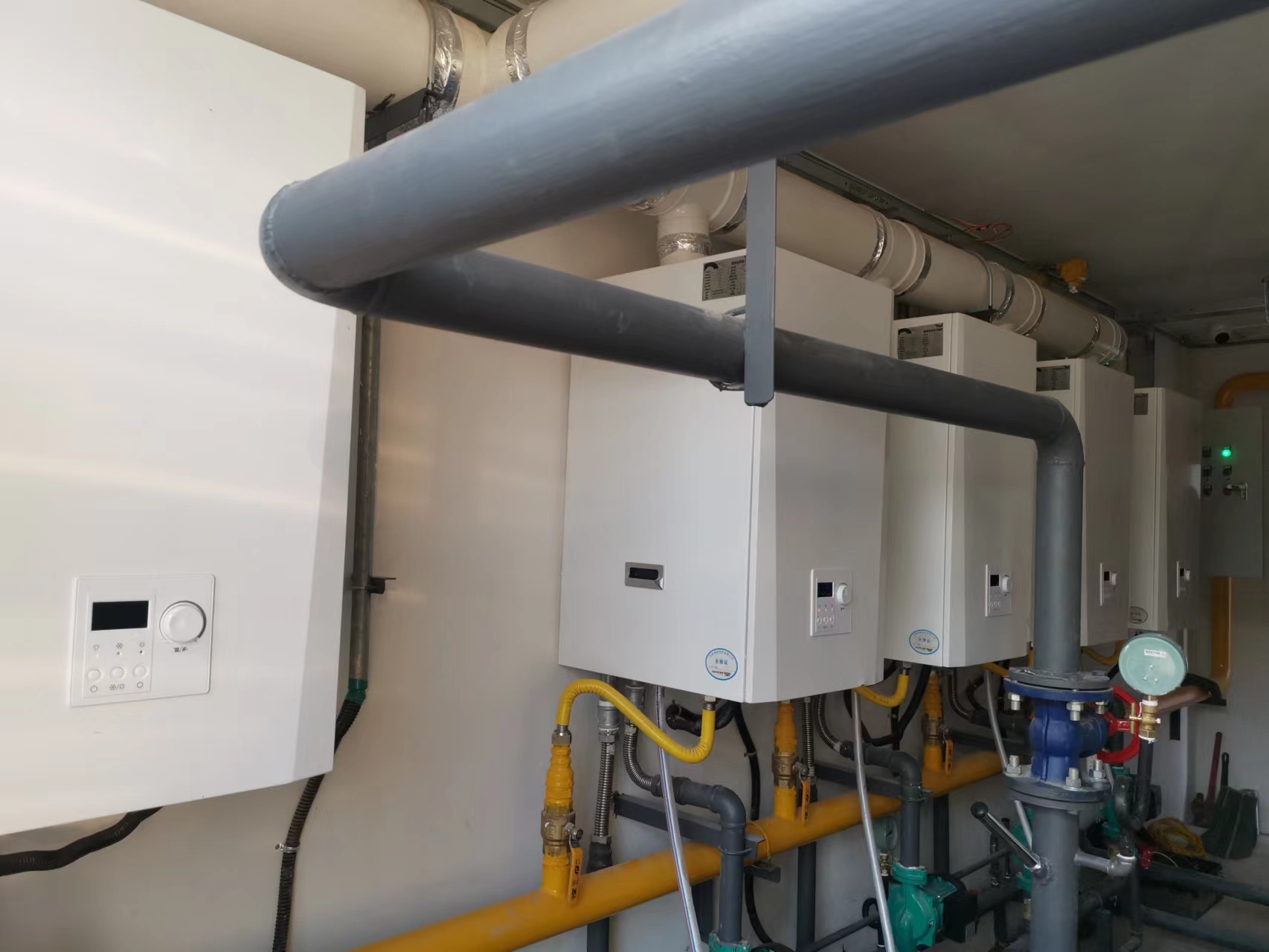Dez . 15, 2024 15:33 Back to list
High-Quality Ductile Castings for Reliable and Durable Industrial Applications
High Quality Ductile Casting An Overview
Ductile casting, also known as ductile iron casting or spheroidal graphite iron casting, has become a paramount technique in metalworking, particularly in the manufacturing of components that require high strength, ductility, and wear resistance. This method involves the process of adding specific elements to molten iron to modify its graphite structure, resulting in a material that offers superior mechanical properties compared to traditional gray iron castings.
The Process of Ductile Casting
The process of creating high-quality ductile castings begins by melting raw iron in a furnace at temperatures typically between 1400°C to 1600°C (2552°F to 2912°F). Once the iron is molten, precise amounts of alloying elements such as magnesium are introduced. Magnesium acts as a nodularizing agent, transforming the carbon in the molten iron from flake-like forms into spherical shapes. This nodular structure is crucial for enhancing ductility and toughness.
After proper alloying, the molten iron is poured into molds that typically consist of sand. The molds are designed based on the specifications of the components being produced. Once the material solidifies, the casting is removed from the mold, and further processing such as machining, heat treatment, or surface finishing may be applied to meet specific application requirements.
Advantages of Ductile Cast Iron
The primary advantage of ductile iron lies in its exceptional mechanical properties. Compared to gray cast iron, ductile iron possesses higher tensile strength, better elongation, and improved resilience. This makes it suitable for applications where components are subjected to dynamic loads and require a degree of flexibility to resist breakage.
Ductile castings also exhibit enhanced fatigue resistance, which is critical for components used in industries like automotive, aerospace, and heavy machinery. Components such as crankshafts, suspension parts, and pump housings benefit significantly from the strength-to-weight ratio of ductile cast iron, allowing for lightweight designs without compromising reliability.
Another significant advantage is ductile iron's excellent wear resistance. This property is particularly beneficial in applications involving contact with abrasive materials, where long service life and reduced maintenance costs are critical.
high quality ductile casting

Applications of Ductile Castings
The remarkable properties of high-quality ductile castings pave the way for diverse applications across numerous industries. One of the most notable sectors is automotive manufacturing, where ductile iron is used for components like engine blocks, gears, and various structural parts that require both strength and reliability.
In the construction industry, ductile cast iron is favored for making pipes, fittings, and manhole covers. Its durability ensures long-lasting performance under heavy loads and harsh environmental conditions. Additionally, utility companies prefer ductile iron for water and sewage applications due to its ability to withstand corrosion and stress.
The agricultural sector also benefits from ductile castings in the manufacturing of machinery and equipment that require robust components capable of operating effectively in challenging terrains. Equipment such as plows, tillers, and tractors often utilize ductile iron for its strength and resistance to wear.
Quality Control in Ductile Casting
Ensuring high quality in ductile casting is crucial for meeting industry standards and customer expectations. Quality control measures include meticulous inspection of raw materials, real-time monitoring during the melting and pouring process, and thorough testing of finished products for mechanical properties such as tensile strength, hardness, and ductility.
Modern foundries employ advanced technologies such as spectrometric analysis to assess the composition of molten metal and ultrasonic testing to detect any internal defects in castings. Adhering to international standards like ISO 9001 ensures that the manufacturing process meets quality benchmarks, ultimately resulting in superior castings.
Conclusion
High-quality ductile casting represents a significant advancement in materials engineering, combining the benefits of strength, ductility, and wear resistance. Its widespread applications across various industries testify to its importance in modern manufacturing. By embracing state-of-the-art processes and rigorous quality control, manufacturers can continue to produce superior ductile castings that meet the evolving demands of technology and industry. As innovation progresses, the role of ductile casting is expected to grow, cementing its status as a cornerstone in the production of durable and reliable components.
-
Durable Centrifugally Cast Iron Water Main Pipe
NewsAug.11,2025
-
Centrifugally Cast Iron Water Main Pipes for Reliability
NewsAug.10,2025
-
High-Quality Centrifugally Cast Iron Water Main Pipes
NewsAug.09,2025
-
Durable Cast Iron Water Main Pipe & Drainage Solutions
NewsAug.08,2025
-
Buy Cast Iron Pipe: Premium Ductile Iron & Drain Solutions
NewsAug.07,2025
-
Durable Cast Iron Water Main Pipe | Buy Ductile Pipe
NewsAug.06,2025


